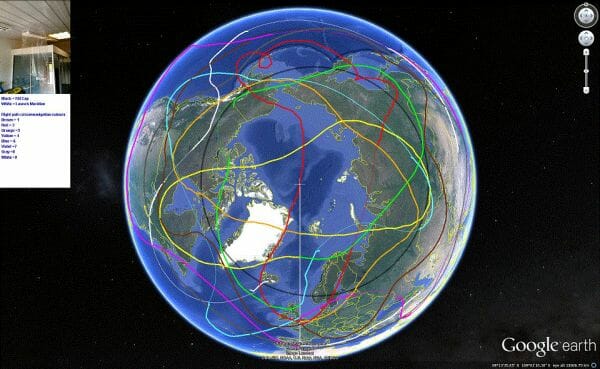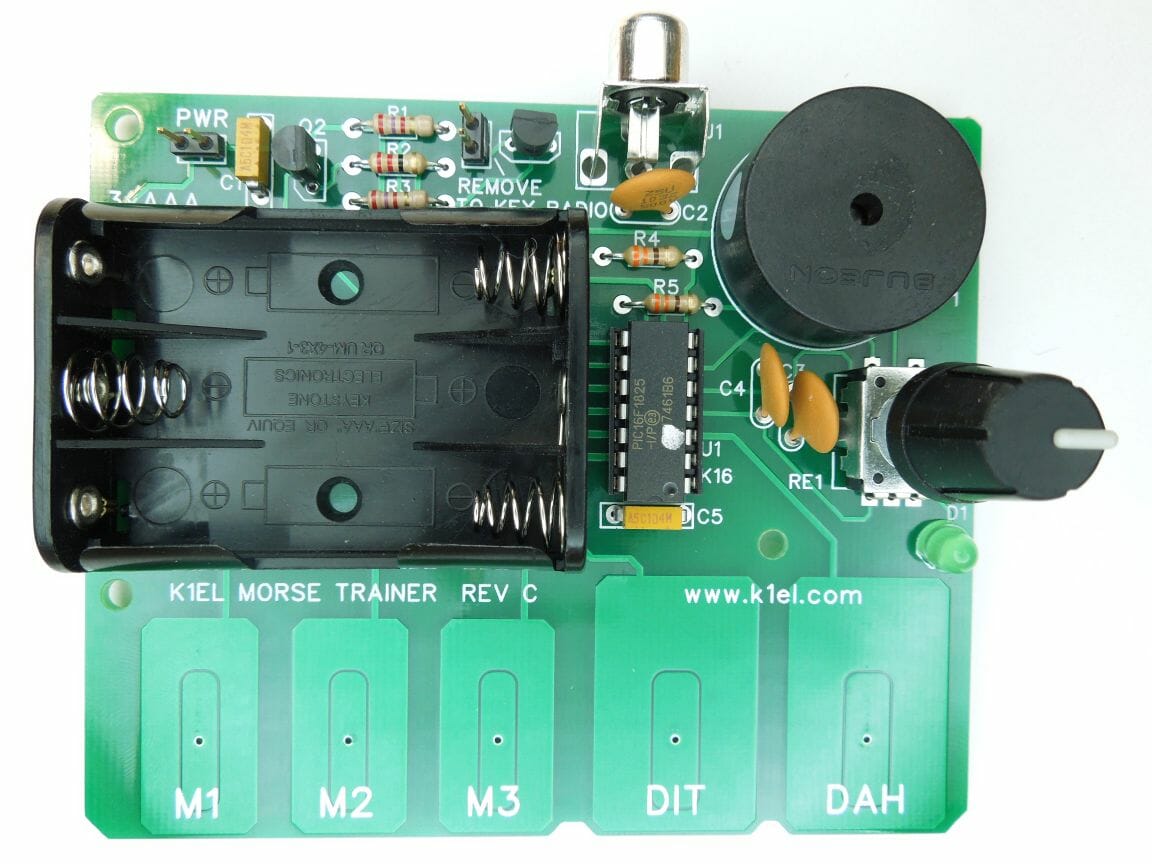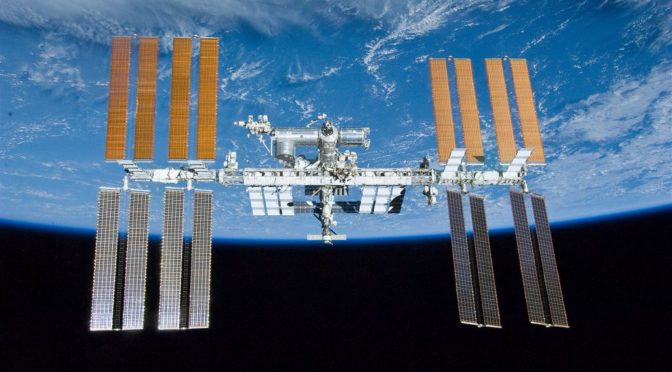Past Steps and Summary
In a previous post, I mentioned that myself and Jon Schoenberg AA1FH were teaching MIT Lincoln Laboratory’s first amateur radio course. The Lab strongly encourages professional education. Traditionally, these courses are centered around topics like Stochastic Estimation, Introduction to Electromagnetics, or Radar Principles. These courses tend to be very apropos to people’s day jobs and can sometimes be even more esoteric.
For this course, however, I embarked on something that was a bit more tangential — though relevant — to people’s day jobs. Spoiler alert: The class was a huge success! And I was pretty nervous overall to plan, manage, organize, and teach some of the classes. I remain shocked, stunned, and awed by the outpouring of interest people have for this hobby.
So what happy by-products resulted from this endeavor:
- 6 people (that I know of so far) obtained their amateur license with 5 doing it through our club.
- Our own Burns Fisher was a guest lecturer for the amateur satellite portion of the class! (Thanks, Burns!) Looking around the room, his talk noticeably engaged the students.
- Our Weekly Bulletin featured the Amateur Radio course on the front page! This is excellent for coverage and exposure for when we offer this again in Fall 2019. One of our newly minted hams, KO5TI, had a truly wonderful quote: ““The Amateur Radio course is unique in that it uses learning a popular hobby as a vehicle for presenting relevant technical material. We’ve heard from world class experts on antennas, propagation, digital communications, and electronic design.”
- We took interested folks from the class on the KC1XX (Matt Strelow) superstation tour to demonstrate what state-of-the-art looks like! This helped to maintain interest and get people excited about their own smaller-scale homebrew projects.
- We generated enough interest for a part-two spin-off. It looks like it’s going to be a HAB project, ladies and gentlemen. This will be a fun hands-on project to get newly interested people involved in hardware and amateur radio. (But with the added benefit of data collection and analysis). We should have a good degree of success from the vast experience of folks at the Lab.
Next Steps
At work, the Technology Office is sponsoring a Build-Your-Own-X class, where X = (something fun). As an example, a Build-Your-Own-Radar currently exists. In this course, employees learn some radar theory, and then build their own radar, perform calibration, and do some testing on moving objects.
I took a shot and submitted a HABCAR (High-Altitude Balloon Carrying Amateur Radio) proposal. The wrinkle in this (which NARS has not done before) is for the flights to be global circumnavigations using WSPR. You can read a fair amount about this from the QRPLabs website and elsewhere on the web. In particular, M0XER has been quite busy; racking up a maximum number of 8 circumnavigations!
Luckily, many people at work have logged many hours flying and engineering the types of balloons needed for these flights. For instance, one has to use mylar balloons instead of latex since latex breaks down from long-term UV exposure. Additionally, one typically needs to worry about carrying ballast with these balloons. At night, as the air cools, the balloon has to release ballast in order to maintain a constant altitude.
After making a 4 minute elevator pitch, with some Q&A, I recently learned the HABCAR idea made it to the final round on January 18th. So, I need to think through more rigorously what a class built around this would look like in my presentation. I will have to present a Bill of Materials, list the support/help required, and outline the goals for each week of the class. It’s a lot of work. But it’ll be fun. Maybe after this project gets off the ground (pun intended), I can bring the lessons learned to NARS’ continuing STEM program.
Happy flying!
–Brian AB1ZO








